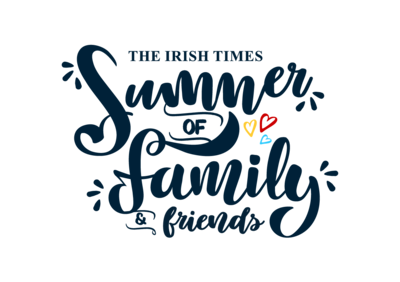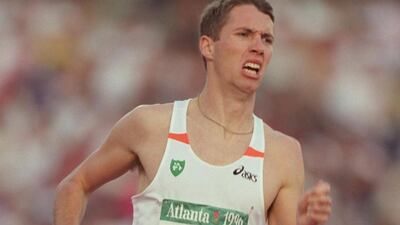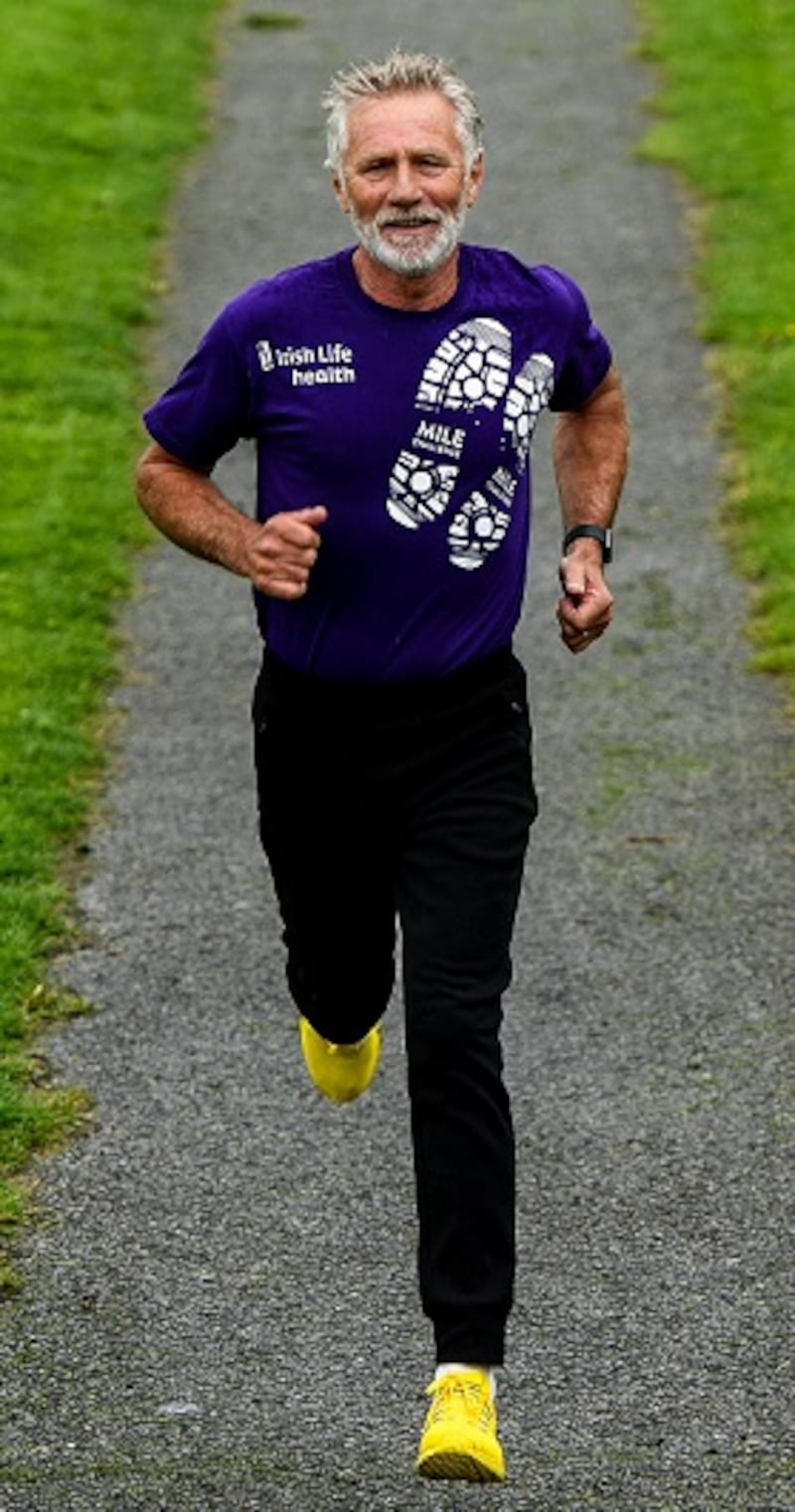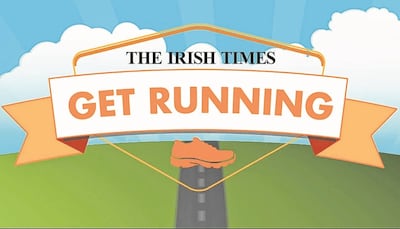Upping your pace and stamina over the mile will benefit your 5km, 10km and half-marathon times – as well as giving you that extra kick to finish out your races.

The mile remains the standard by which most of us measure our performance. I bet any of the marathoners out there can rhyme off their mile pace at the click of a finger.
If you’ve been struggling to take a few seconds off you 5km time or your marathon training has plateaued, then definitely learn to run faster over a shorter distance and it will benefit your longer race performances as well as giving your training a completely fresh focus.
It’s important not to become one-dimensional in terms of training, particularly if you’re training for one of the longer distances. It can be easy to fall into the trap of going out and slogging the same 5 or 10km route at the same pace week after week. Volume, tempo work, long intervals, short intervals, speedwork, form and strength development all play an important role in enhancing your performance over any distance.

One of the biggest impacts training above 5km race pace will have on your running is on your technique. Running at mile race pace or faster is hard work. The body strives to find a more efficient manner when it’s asked to run at these paces on a regular basis. Form improvements are also a result of the strides, accelerations and fast finishes that are all a large part of mile training. You’ll also find that short, fast repeats teach you how to mentally cope when it begins to hurt, without having to subject your body to miles and miles of pounding the pavements.
The beauty of running is that you can do it anywhere,and the beauty of the mile is that you can find a new location to keep your sessions fresh and interesting. Why not head out today to your local park, greenway, waterway or pitch? It doesn’t have to be on a track - just pick somewhere flat and even and start getting those fast miles banked.
Once you have your mile time, use it to work out your 200 metres and 400 metres times at mile pace.
Checking your splits is a useful guide, but it can dent your confidence if you’re having an off day so make sure to vary the location of your speedwork, and don’t getting too hung up on the distance being exact. Remember it’s on the rest days you improve!
The Irish Life Health Mile Challenge is a great starting point for anyone looking to get faster over a specific distance.
Why not start on one of the four-week training plans, log your mile time on the week of August 17th, and see how much your other race times will have benefited.


Sign up for one of The Irish Times' Get Running programmes (it is free!).
First, pick the eight-week programme that suits you.
- Beginner Course: A course to take you from inactivity to running for 30 minutes.
- Stay On Track: For those who can squeeze in a run a few times a week.
- 10km Course: Designed for those who want to move up to the 10km mark.
Best of luck!
















